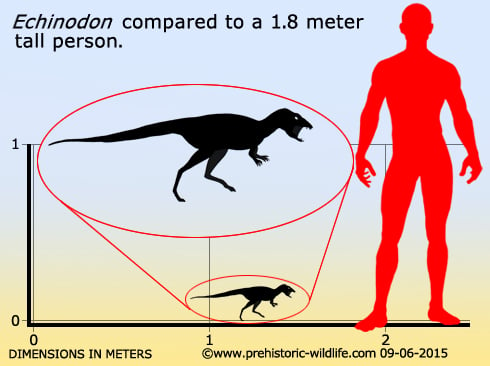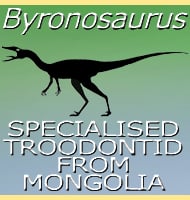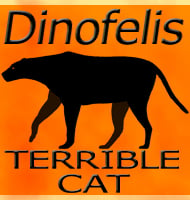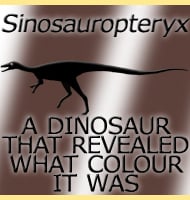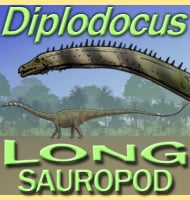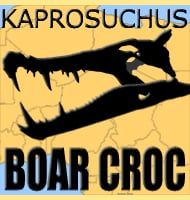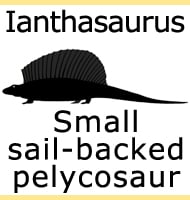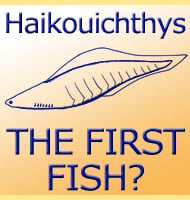In Depth
The name Echinodon means ‘hedgehog tooth’, and this is because when Richard Owen first named Echinodon in 1861, he thought he was dealing with a lizard that had a similar lifestyle to a hedgehog. Later, Echinodon was often perceived to be a primitive thyreophoran dinosaur (popularly known as an armoured dinosaur), but today we consider this to be in error since fossil remains of turtle legs and osteoderms were mistakenly included with Echinodon fossils. Towards the end of the twentieth century and early twenty-first century Echinodon has been more commonly interpreted as a heterodontosaur.
Heterodontosaurs are so named because they typically feature a mixture of different teeth which as a whole do not point to a particular dietary specialisation. This in turn has led to the theory that some heterodontosaurs may have been omnivorous, eating both plants and small animals and/or scavenging carrion. This is mainly down to the large canine teeth in the front of the mouth, of which Echinodon possessed two. These canine teeth would be good for killing small animals, but they could have also been used to dig up parts of plants such as roots that other types of dinosaurs could not get to. As such the exact diet of Echinodon, and by extension other heterodontosaurs remains speculation.
Further Reading
- Monograph on the fossil Reptilia of the Wealden and Purbeck formations. Part V. Lacertilia (Nuthetes, etc.). [Purbeck]. The Palaeontological Society, London 1858:31-39. - Richard Owen - 1861.
